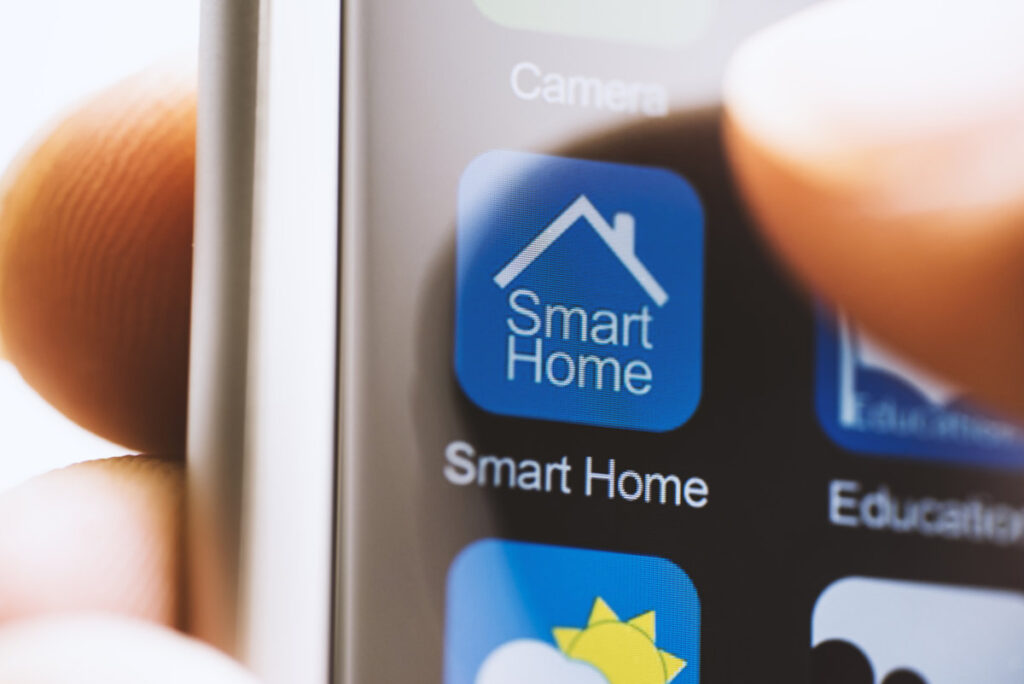
5 Great Tips to Strengthen Today’s Critical Home Network
Last updated on June 23rd, 2022 at 04:24 am
Networking has become an important element of our lives throughout time, whether for social or commercial reasons. Recently, with the commencement of the COVID-19 pandemic and advancements in technology and software, the scenario of “work in administrative places” has been replaced by “work from home”! Students, in addition to employees, were persuaded to replace offline classroom education with online classes from the comfort of their own homes. This abrupt change has led to a huge number of remote workers at home, putting additional strain on internet infrastructure. Security on the internet is important and hence do not allow overcrowding and access to router admin panel.
However, many people in the same house utilizing the same network for their activities and suffering sluggish connectivity owing to network traffic is a common occurrence these days. Boosting your device’s Internet connectivity and safeguarding your personal information does not have to be difficult. Here are five tips for anyone setting up a strong home network, from where to put your router to how to learn to encrypt your Wi-Fi.
SMART ROUTER POSITIONING
Even though we want to hide the unappealing-looking gadget, the location of the Wi-Fi router in one’s home matters a lot. A properly located router reduces network interference from other items such as cellphones and microwaves and maintains consistent network strength throughout the house. The optimal location for the router, according to IT experts, is away from the walls, in an open area at the center of the home. The positioning of such routers not only ensures Wi-Fi connection in every room of the house but also prevents the signal from going outside the house and being utilized by network intruders.
CHANGE YOUR ROUTER PASSWORD AND DEFAULT NETWORK NAME
Modern routers come with a default network name, i.e., Service Set Identifier (SSID) name, and password. After connecting a device to the Internet for the first time, the default network name and password must be changed immediately. Unlike a date of birth or a name, the new password must be strong and unpredictable; otherwise, hackers might simply crack it and grant access to the Wi-Fi signal, extracting sensitive information. The password can also be changed every month or two to assure that only friends, family, and acquaintances have access to the network.
FIRMWARE UPDATES FOR ROUTERS SHOULD BE DONE ON A REGULAR BASIS:
Router makers are always updating the software in order to obtain a little more speed. To get the most out of your home network, make sure to upgrade the firmware on a regular basis. This ensures performance improvements, new features, and security fixes. The update process is now embedded straight into the management interface of new modern routers, where users can simply push a firmware upgrade button. On older models, you must go to the manufacturer’s website, retrieve a firmware file from the router’s support forum, and then upload it to the management interface.
To perform correctly, your router, like your computer and smartphone, needs frequent security upgrades.
OPTIMAL SIGNAL FREQUENCY AND INTERFERENCE REDUCTION IN THE CHANNEL
Dual-band routers can broadcast Wi-Fi signals on both the 2.4 GHz and 5 GHz frequencies. The 2.4 GHz band is ideal for a large residence where Wi-Fi needs to broadcast a signal across numerous walls or floors. Simultaneously, the 5 GHz band achieves higher speeds and improved hacker protection. Because the 5GHz frequency is less extensively utilized and does not travel as far as a 2.4GHz signal, it encounters less interference from other wireless networks and devices.
For individuals who live in heavily crowded locations, interference might be a major issue. Other wireless networks, such as cordless phone systems, microwaves, and other electrical devices that use the same channel as your router signal, can reduce the intensity of your Wi-Fi signal. However, a competent router will try to choose the least congested channel automatically. New router sets include this feature. In a graphical manner, one can also observe what channels nearby Wi-Fi networks are using.
PROTECTING ELECTRONIC DEVICES, OPTIMISING PRINTER SETTINGS, AND ENCRYPTING WI-FI NETWORKS
Interconnected gadgets are used in smart homes to boost convenience. However, any smart device connected to your home network might be hacked. Examine the security settings when adding smart devices to the network, updating default usernames and passwords, enabling multi-factor authentication, and adding additional bug fixes.
Because hackers can easily target Wi-Fi-enabled printers, set up a wireless printer according to the manufacturer’s instructions and connect it to your network, make careful to change the default password and install any software updates that are available.
CONCLUSION:
These are some of the fundamentals to remember while setting up a home network to ensure high internet quality and efficiency. It’s also important to understand what 192.168.1.7 is. Furthermore, instead of being unhappy in this pandemic era, you can improve yourself and be refreshed with technology. You can significantly lessen the obstacles to your professional operations by using good network connectivity at home without any interruptions by following the above guidelines.
Read Dive is a leading technology blog focusing on different domains like Blockchain, AI, Chatbot, Fintech, Health Tech, Software Development and Testing. For guest blogging, please feel free to contact at readdive@gmail.com.
